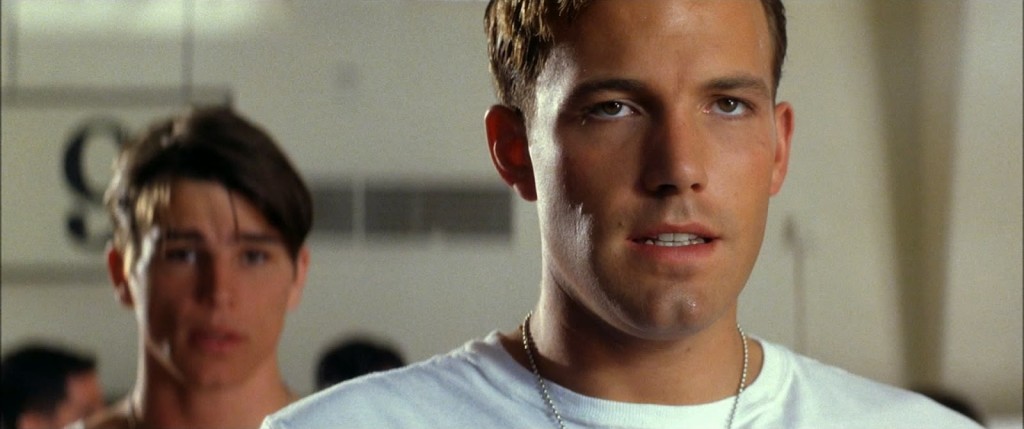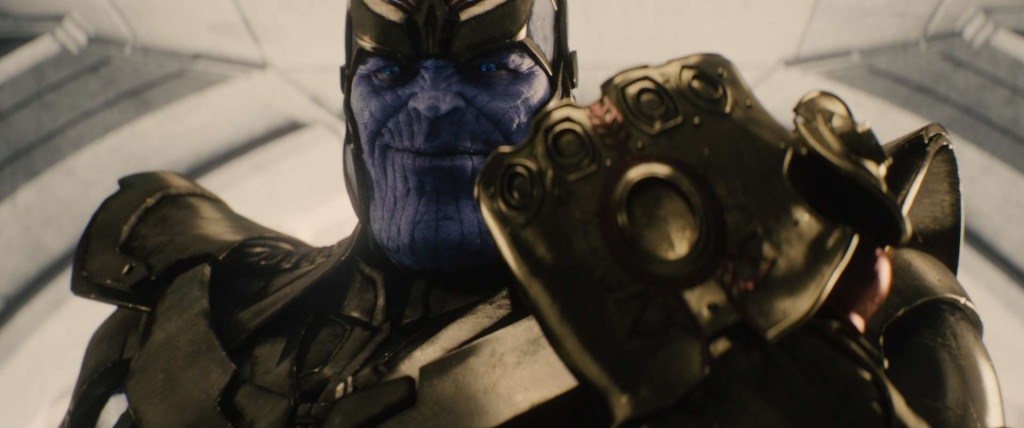Yesterday’s celebration of the great country we live in led to thoughts of the not so nice things about the country we live in. I’m talking, of course, about Michael Bay movies. I remember July 4th of 2001 like it was yesterday. It was the day Michael Bay’s Pearl Harbor came out (it actually came out May 25 but just go with it for the sake of the article). The highly hyped film was suppose to be Bay’s version of Titanic. It was Titanic alright. A Titanic disaster. Actually, it was worse than a disaster. It was forgettable. The reason Bay’s movies are so forgettable is because he’s awful with character. He has zero understanding of what a character needs in order to emotionally resonate with audiences. Which makes sense when you consider he emerged from the world of commercials, where it was more about the product than the character selling the product. So to Mr. Bay and all other storytellers out there, today’s article is a cure for the Bad Character Blues. That’s right. Ten tips… to improve your characters right now!
Clear objectives – A character without a clear objective is an aimless wanderer. The audience becomes frustrated by that aimlessness and inevitably finds the character boring, or worse, annoying. The thing about objectives is that it’s so simple to incorporate them. In Jumanji, our characters’ objective is to return the jewel to its statue. Then they get to go home. How easy is that?
Unresolved relationships – Characters should have an unresolved issue with at least one other character in the movie. How compelling you make this issue plays an enormous part in how entertaining your script is. That’s because issues lead to conflict, and conflict is what you need to write good scenes between characters. Therefore, you want to get this right. In A Quiet Place, the dad has a broken relationship with his daughter, who’s become sick of all the rules they have to abide by as well as not allowing her to grow up. Take note of how simple that conflict is. I’m pointing that out because writers often think they need relationship conflict that’s really complex. No, it’s often simple universal things that every person experiences.
An inner battle – Give your main character something they’re battling internally. It could be a compulsion, like OCD, a vice, like meth, a fear or flaw, like standing up for themselves, or anything that involves an unresolved problem from within. This is one of the most important ingredients to breaking a character out of the 2-D mould and making them 3-D. A huge component of the human condition are the battles we fight within ourselves. Your characters should be no different.
Conflict with the past – Characters should have some unresolved conflict with their past. I call this the “fourth dimension,” as it takes your character from 3-D to 4-D. A character will have conflict with the external (1-D), other characters (2-D), the internal (3-D), and the past (4-D). It might be a traumatic event. It could be a death that wasn’t properly mourned. But it often has something to do with family. Every human being has a complex relationship with their family growing up, which is why it’s such a great place to look for this conflict. Good Will Hunting had to get past his abusive father in other to move forward.
A dash of good in the bad and a dash of bad in the good – A character who’s 100% good is boring. A character who’s 100% bad is boring. So you want to mix a little of each into the other. Denzel Washington in The Equalizer is a REALLY GOOD GUY. But he’s got a dark side. He’s a relentless killer, even enjoys it a little. It’s that edge that makes the character pop. Thanos is a REALLY BAD PURPLE GUY. But he’ll also sit down and talk to you in a calm logical manner. Those little splashes of good and bad are what keep a character from becoming cliche-bait.
Personality – This is one of the BIGGEST omissions I see in character-creation. Characters with zero personality. The writer then wonders why readers aren’t engaged. These are MOVIE CHARACTERS, guys. You thought them worthy of entertaining audiences for two hours. So give them some personality dammit! That doesn’t mean they have to be big and outlandish like Jim Carrey in The Mask. Personality can be dry humor, sarcasm, charm, attitude, arrogance. And every trait is scaleable. You can go big with humor or you can make it subtle, dependent on genre and tone. Thor was a dead MCU character until they gave him some personality.
Arc your character – Have your character start in one place and end in another. I don’t care how they change, but they need to change somehow. Or else the character becomes stale. In Paddington, the father starts off skeptical and resistant towards Paddington. By the end, he’s Paddington’s biggest supporter. Audiences love watching characters transform.
Give them a secret – In real life, we feel closer to people who share secrets with us. It’s a form of bonding. The same thing works with characters. If you know about their secret, you feel closer to them. Superman. Simon in Love, Simon. Jerry Lundegaard in Fargo – had his own wife kidnapped. If a character isn’t popping, try adding a secret and see if it helps.
Create contrast within the character – One of the biggest challenges in character creation is creating characters that feel fresh. A great way to overcome this challenge is to build contrast into character. So whoever the character is assumed to be, you balance that out with the opposite. A priest with an attitude. A comedian who’s a drag. An inappropriate HR rep. A bully with a lisp. A pacifist war vet. A cop who’s a drug addict.
Make sure something personal is on the line – I recently read a script where the hero succeeded at his goal, yet I felt nothing. I realized it was because there was nothing personal on the line for him. If this sounds like your script, let’s add some personal stakes to your hero’s journey! It could be a daughter who’s been kidnapped. It could be losing the love of your life. It could be saving a friendship. If you want to make it stick, make it personal.
One final note. You will never be able to use all of these tips on a single character. Every story is unique. Sometimes they require counterintuitive things from your characters. For example, Ferris Bueller needs to stay the same (violating tip #7) so that Cameron, his friend, can have the big powerful arc in the movie. With that said, you should be able to apply everything here to every script’s ENSEMBLE of characters. In other words, tip 5 may not work for your hero. But I’m sure you can add it to another character in the story. And with that, we’ve ended thin boring characters for all time. You’re welcome, Michael Bay.



